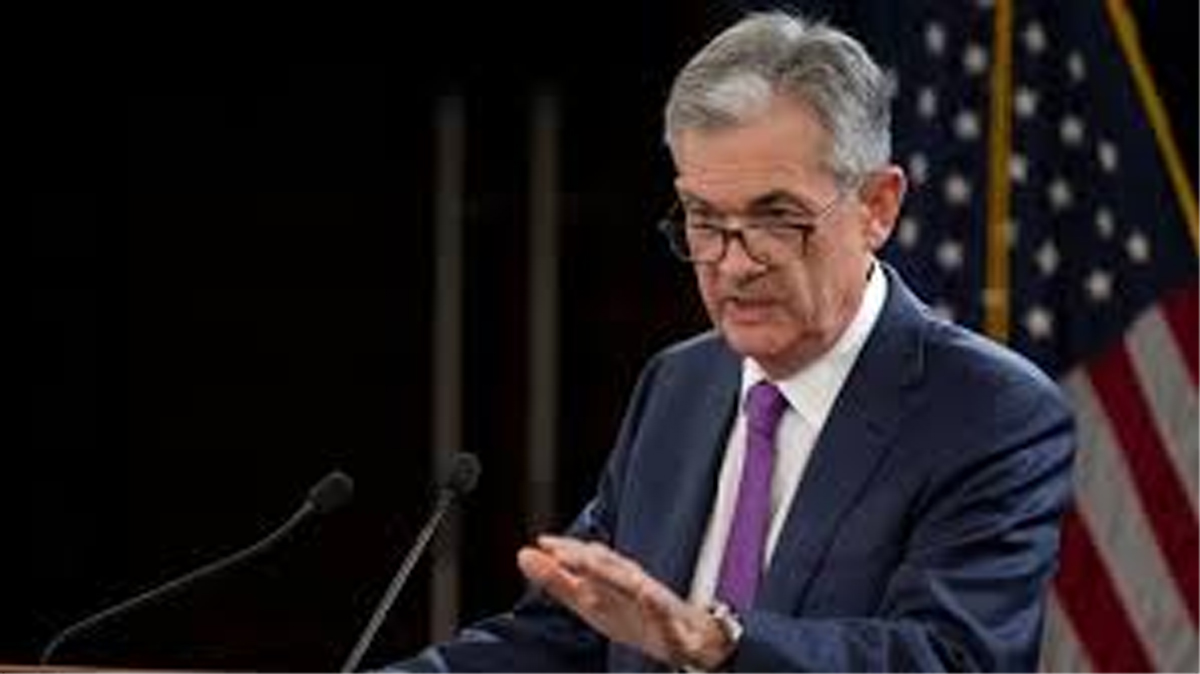WASHINGTON, Jan 30: The Federal Reserve left the key US lending rate unchanged on Wednesday, and said it would be “patient” about making any further changes, in the clearest signal yet the central bank has heeded concerns about the economy.
Although the Fed continues to expect continued expansion of the economy and strong jobs growth are the “most likely outcomes,” the statement signaled the growing uncertainty about the outlook.
“In light of global economic and financial developments and muted inflation pressures, the committee will be patient as it determines” the timing and need for any further increases, the policy-setting Federal Open Market Committee said.
In an unusual separate statement, the Fed also said it was prepared to change the pace of reduction of its massive securities holdings, after markets became concerned that the current process was too rigid.
The language used in the FOMC statement, keeping the benchmark interest rate in a range of 2.25 percent to 2.5 percent, reflected the increasing sense that the US economy may have peaked.
It cited “solid” economic growth, rather than a “strong rate of growth” highlighted in prior statements.
The decision at the Fed’s first policy meeting of the year was expected after central bankers signaled strongly in recent weeks that they intended to tread cautiously about any further moves.
But the unusually dovish language likely will come as a surprise. Federal Reserve Chairman Jerome Powell will have an opportunity to explain the central bank’s thinking in a news conference due to begin at 1930 GMT. US stocks added to gains, following the Fed statement, with the Dow climbing 1.6 percent to 24,964.94 near 1910 GMT.
The dollar also fell sharply after the release, with the euro at $1.1471 compared with $1.1421 just before the statement.
The FOMC increased the benchmark rate four times last year but rising concerns about a slowing US economy, amid a trade war with China, prompted officials to signal they will take time to gauge the economy’s performance.
And the five-week government shutdown also dented economic performance in the first quarter of the year, although most of that is expected to be recovered.
Powell late last year repeatedly shook up markets with comments considered to be overly optimistic and hinting at more rate hikes to come.
Facing blowback from his efforts to speak plainly, Powell retreated from his stance and made an effort to stress the uncertainty about the economic outlook.
He likened the situation to being in a dark room and needing to take time to find the right path.
One of the concerns was the effect of the Fed’s decision to reduce its securities holdings, which built up to $4.5 trillion in the aftermath of the global financial crisis.
It has been reducing those investments by about $50 billion a month but investors worry that in a slowing economy that process will tend to raise the cost of borrowing.
The statement on the balance sheet normalization process said the Fed “would be prepared to use its full range of tools, including altering the size and composition of its balance sheet, if future economic conditions were to warrant a more accommodative monetary policy.” While some economists say jittery markets overreacted, the Fed acknowledged signs of slowing as reason enough to pause the monetary policy tightening and to acknowledge the concerns of investors about the securities sell off.(AGENCIES)


